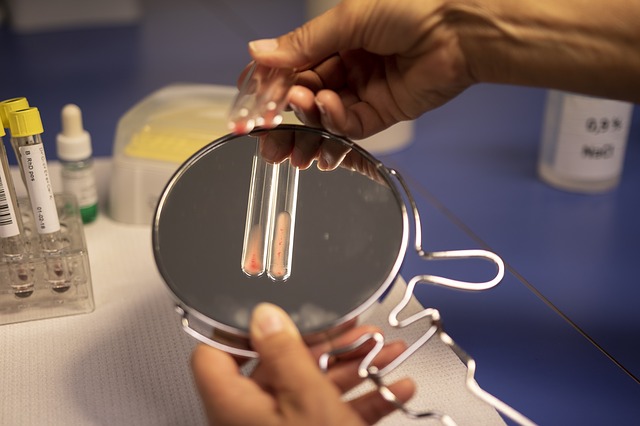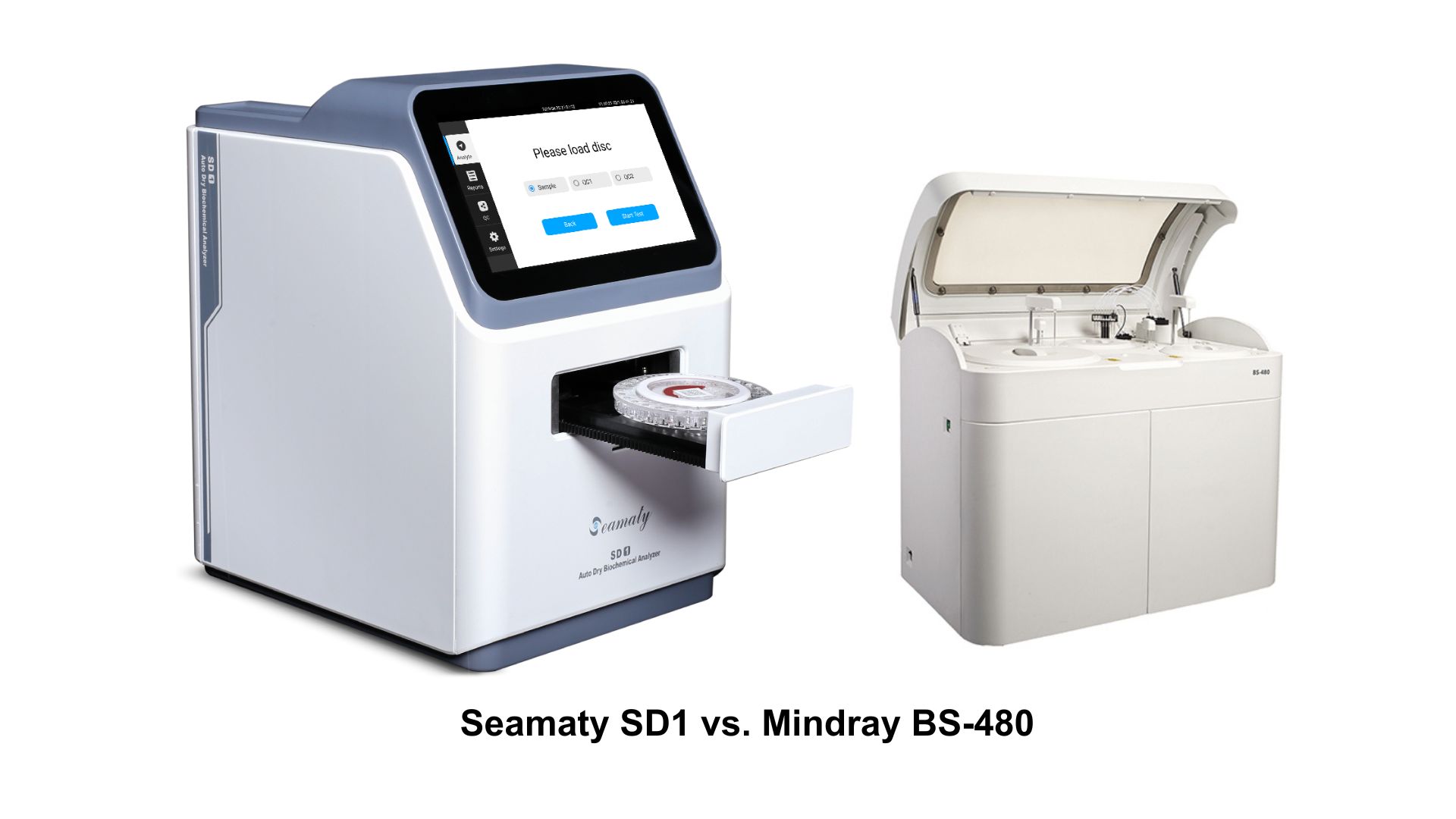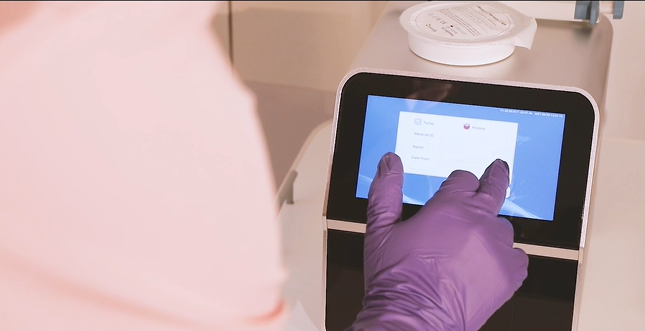Since the birth of the world's first automatic blood cell counter in 1953,
hematology analyzers have grown along with Laboratory Medicine. With the development of basic medicine and testing technology, and the application of computer technology, the detection ability of hematology analyzers has been continuously improved. The measurement parameters gradually increased, the testing speed became faster and faster, the accuracy increased, the operation was easy and the quality management improved, and more clinically useful experimental indicators appeared, which are important for the diagnosis and treatment of diseases.
And then fully automated body fluid analyzers with different methodologies were introduced. Hematology analyzers and Urinalysis became essential items for the department of laboratory medicine and the most familiar items for clinicians.
Key indicators for performance evaluation of blood and urine analyzers
When it comes to performance evaluation indicators, we all propose the indicators required by ISO15189: precision, carryover contamination, linearity, correctness, comparability, reference range validation, etc.
But do the performance of these instruments meet the requirements of clinical use? According to the requirements, precision, linearity, repeatability should cover all normal and abnormal specimens. However, most departments of laboratory medicine, rarely validate the performance of counting abnormal values in the presence of some common interfering factors. For example, when a large number of small red blood cells or broken red blood cells are present, the platelet count is often interfered with and falsely increased, especially in low platelet values when the wrong results are very misleading to clinical practice.

However, the
Department of Laboratory Medicine has rarely verified the accuracy and precision of the results of low value platelets in the presence of interfering factors. The vast majority of analyzer manufacturers also lack descriptions of the performance of abnormal values, and only the precision of the normal range is marked in the manual, resulting in the department of laboratory medicine being unable to understand the performance of the instrument for abnormal value detection.
Hematology analyzers have evolved from the earliest cell counters to the point where they can classify cells. The ascending hematology analyzer can analyze the maturity and even abnormal morphology of various blood cells for functional analysis. The performance evaluation of the hematology analyzer has long evolved from the performance assurance of cell counting to the verification of the ability to detect abnormal cells.
Now some competent departments of laboratory medicine have performed performance verification of pathological cell detection ability of white blood cells. For example, by adding a certain amount of pathological cells, the instrument alarms are verified for detection. The accuracy of cell morphology recognition is confirmed by microscopy, etc. These are necessary to verify the detection ability of pathological cells. In addition, immature cells of erythrocytes and platelets should also be verified for their detection ability.
Similarly, performance verification of body fluid/urine analyzers should confirm the precision and correctness of high and low value cells, the detection and identification of various reporting parameters and morphologically abnormal red and white blood cells. This will allow the test physician to have confidence in the results of the many reporting parameters of the urine analyzer. For example, although many instruments report tube type and bacteria, there is little verification and performance description of their detection ability, precision, correctness, and linearity.
In fact, performance validation of abnormal cells and abnormal values should be carried out especially in primary hospitals. Hematology analyzers and urine analyzers are likely to be a lifeline for primary care patients to improve the ability to detect abnormalities. It is also hoped that the major manufacturers will improve the performance verification program and the performance indicators of abnormal values and abnormal cell detection rates, so that the testers in primary hospitals will have a clearer understanding of the detection capabilities of the instruments.



